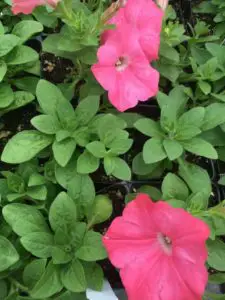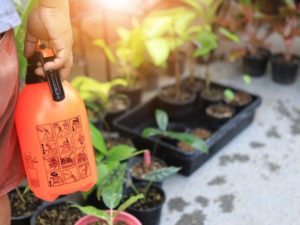In recent years, the intersection of gardening and wellness has seen a notable shift toward more intentional, holistic practices. Home gardeners are no longer just growing for flavor or beauty—they’re cultivating herbs that contribute to daily wellness routines. Alongside staples like chamomile, lavender, and peppermint, a lesser-known tropical plant is beginning to catch the eye of herbalists and wellness enthusiasts alike: kratom.
Kratom, or Mitragyna speciosa, has been used traditionally in Southeast Asia for centuries. Now, with the rise of at-home apothecaries and herbal gardens, many are curious about its potential role in a modern wellness lifestyle. While still relatively new to the Western herbalist’s toolkit, kratom is gaining momentum thanks to its diverse range of strains and properties.
What is kratom?
Kratom is a tropical evergreen tree native to countries like Thailand, Indonesia, and Malaysia. The leaves of the kratom tree have historically been used by laborers and farmers for their stimulating and soothing properties, depending on how the leaves were harvested and prepared. In the Western world, kratom is most often sold as a finely ground powder or in capsule form.
It’s important to note that kratom is still a subject of ongoing research and regulatory debate. As with any botanical, it should be approached with care, proper sourcing, and awareness of legal considerations in your area. That said, for those who do choose to incorporate kratom into their home herbal practice, understanding its varieties is a crucial first step.
Why kratom appeals to modern herbalists
Unlike many traditional herbs that have a single or limited range of effects, kratom comes in a wide spectrum of strains. These strains differ not only in their geographic origin but also in the maturity of the leaf at harvest, which influences the color of the vein running through the leaf. These vein colors—white, green, and red—each offer different characteristics. This diversity gives modern herbalists and wellness seekers the flexibility to choose a strain that suits their specific needs or routines.
Kratom’s versatility makes it an interesting addition to the home apothecary. Some users incorporate it into tea blends, while others prefer capsule forms. And while it shouldn’t replace well-established herbs, its growing popularity has earned it a spot in the broader conversation around botanical wellness.
Understanding kratom strains
Kratom strains are typically classified by both vein color and region of origin. The vein color reflects the stage of leaf maturity when harvested:
- White vein kratom is harvested early in the leaf’s life cycle and is often associated with more energizing properties.
- Green vein kratom, harvested at mid-maturity, tends to offer a balanced profile.
- Red vein kratom comes from fully mature leaves and is generally linked to calming characteristics.
In addition to these vein colors, kratom is also categorized by its geographic source, such as Bali, Maeng Da, or Malay. Each regional variety has subtle differences due to growing conditions, soil, and cultivation methods.
For those looking to explore the full range of kratom’s characteristics, this guide highlights the different types of strains and offers a clear, well-organized overview. It breaks down each strain by vein color and origin, making it easier for beginners and seasoned users alike to navigate their options.
Growing kratom at home
Because kratom is a tropical tree, growing it at home can be challenging in non-tropical climates. It thrives in warm, humid environments with consistent rainfall and rich, well-draining soil. While kratom can grow to impressive heights in its native habitat, home growers may opt for container gardening or greenhouse setups to better control temperature and moisture.
Indoor cultivation is possible with the right setup, including humidity control, full-spectrum grow lights, and ample space. However, kratom is a long-term commitment and may not yield usable leaves for several years. As a result, most home herbalists prefer to purchase kratom from online vendors or brick-and-mortar stores that specialize in ethical and lab-tested sourcing.
Responsible use & integration into herbal practices
As with any botanical substance, kratom should be used with mindfulness and respect. Its effects can vary widely depending on the strain, dosage, and method of consumption. Many herbalists recommend starting slowly and observing how your body responds before integrating it regularly into a wellness routine.
Kratom can complement other herbs in your apothecary but should be used intentionally and in moderation. Blending it with other calming or stimulating herbs, depending on the strain, may enhance its profile, but it’s essential to do your research and consult reliable sources.
Kratom curious?
The renewed interest in home herbalism has opened doors to a broader array of botanicals, and kratom is among the more intriguing additions to the mix. Its unique range of strains, historical significance, and potential applications make it worth exploring for those committed to deepening their herbal knowledge.
Whether you’re simply curious about its uses or looking to diversify your apothecary shelf, understanding kratom’s strains and sources is key to making informed, responsible choices. With careful research and thoughtful integration, kratom can become a valuable part of the home herbalist’s journey.






